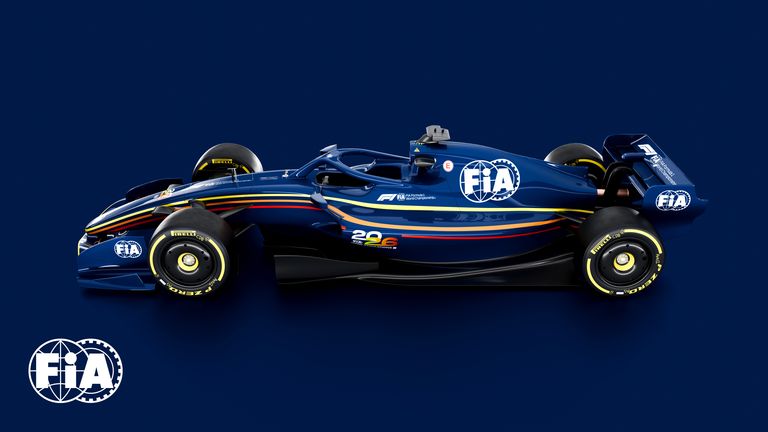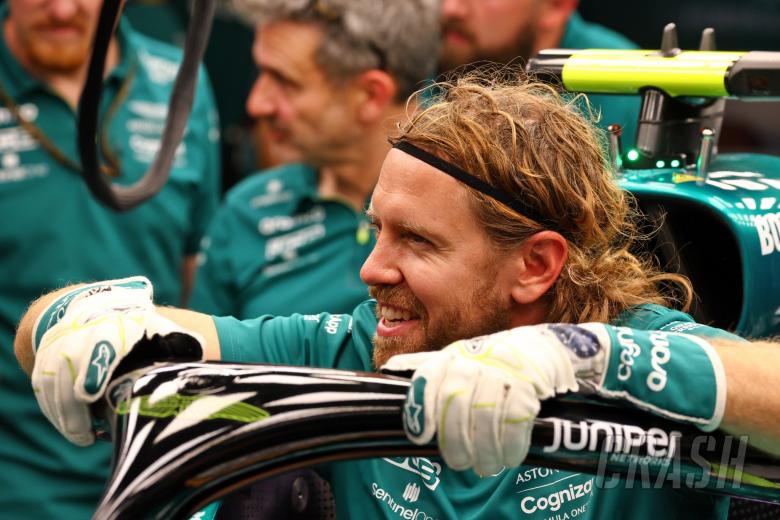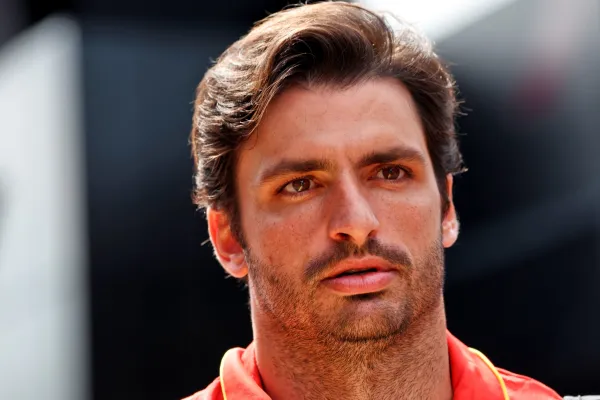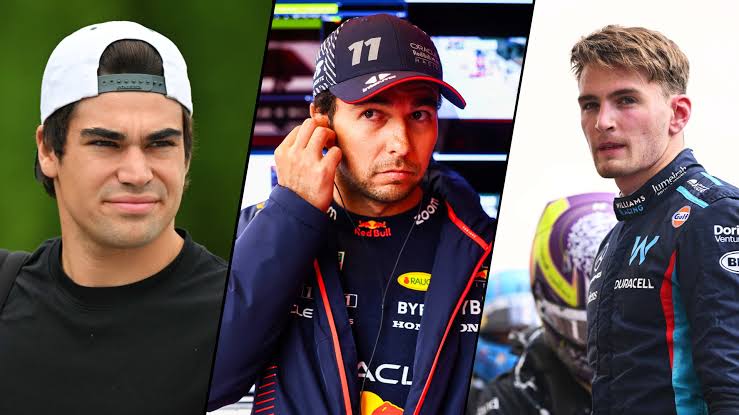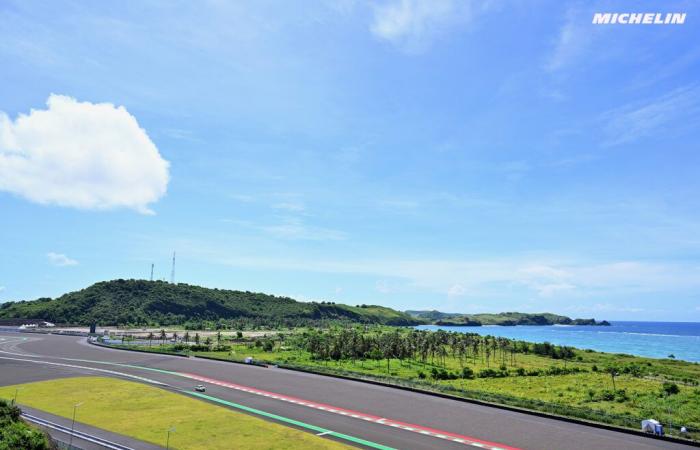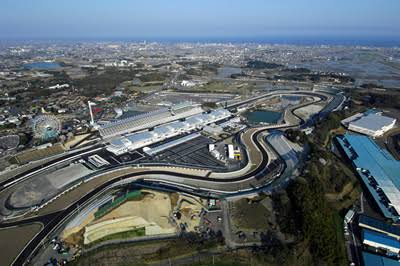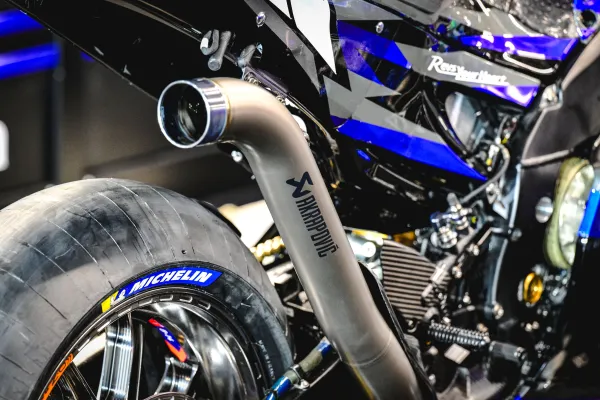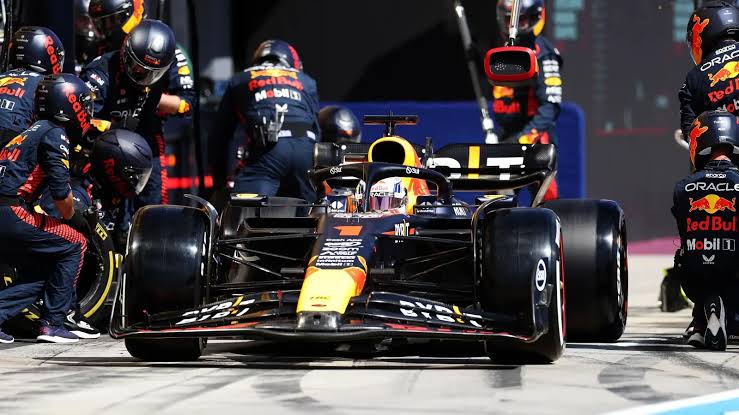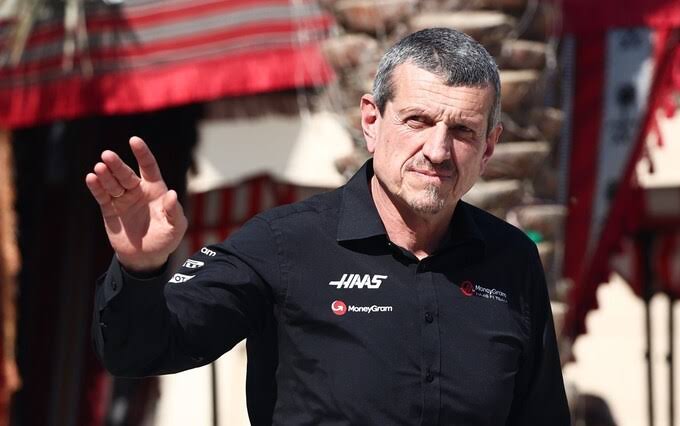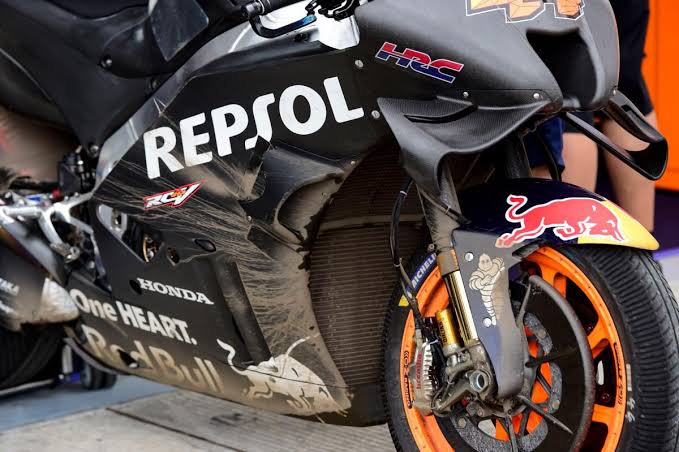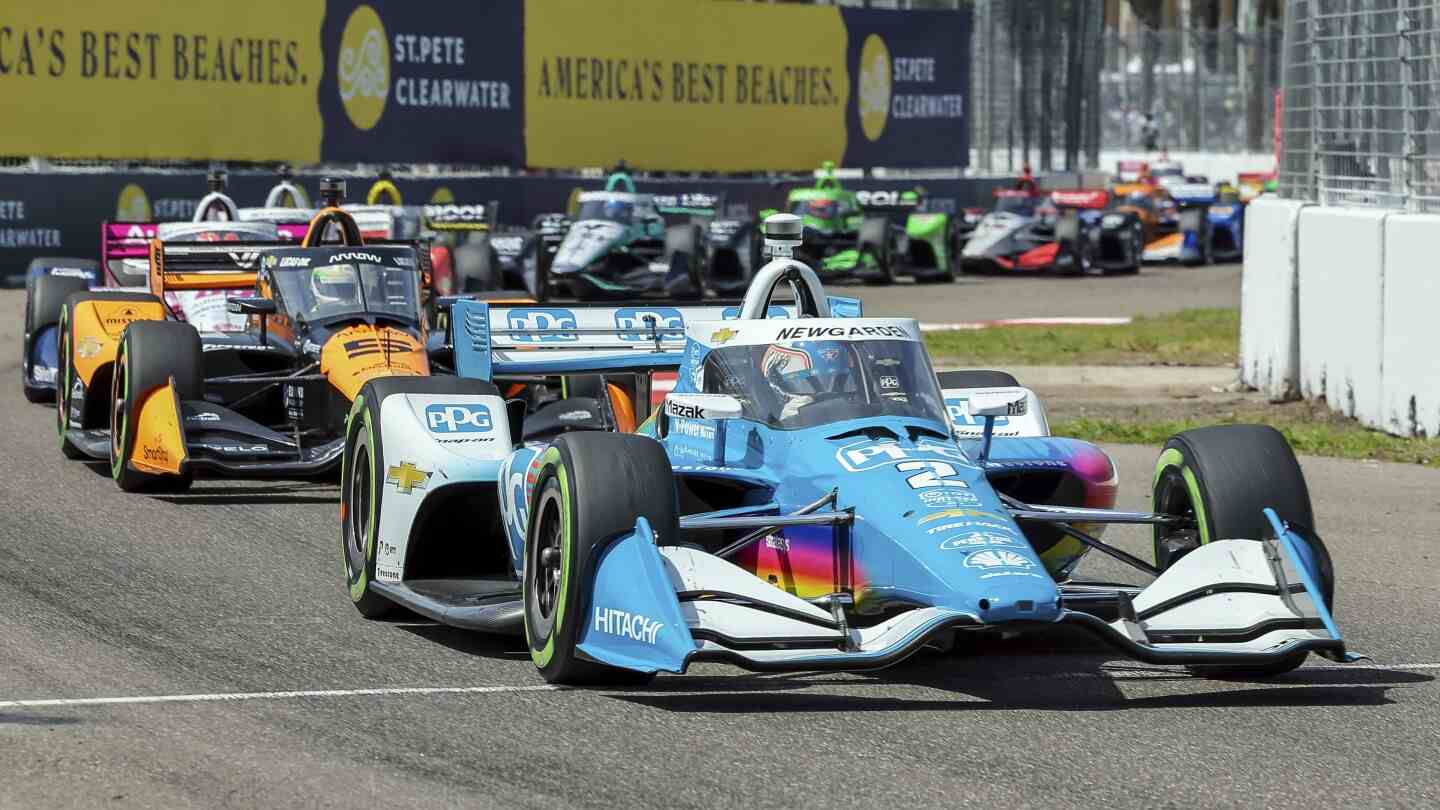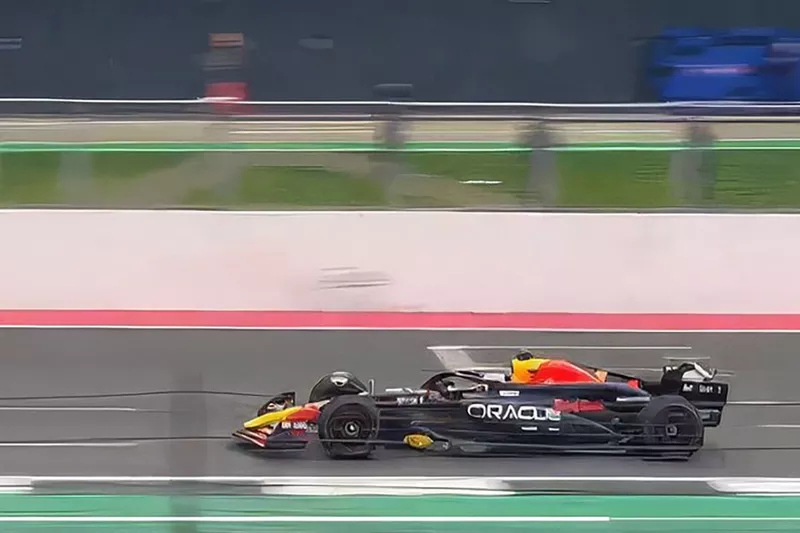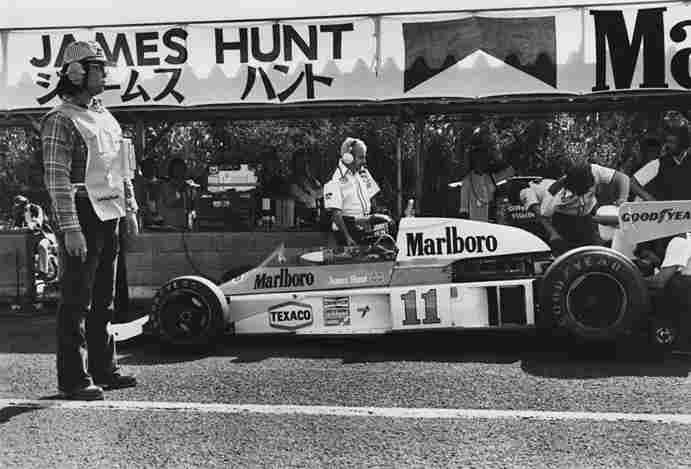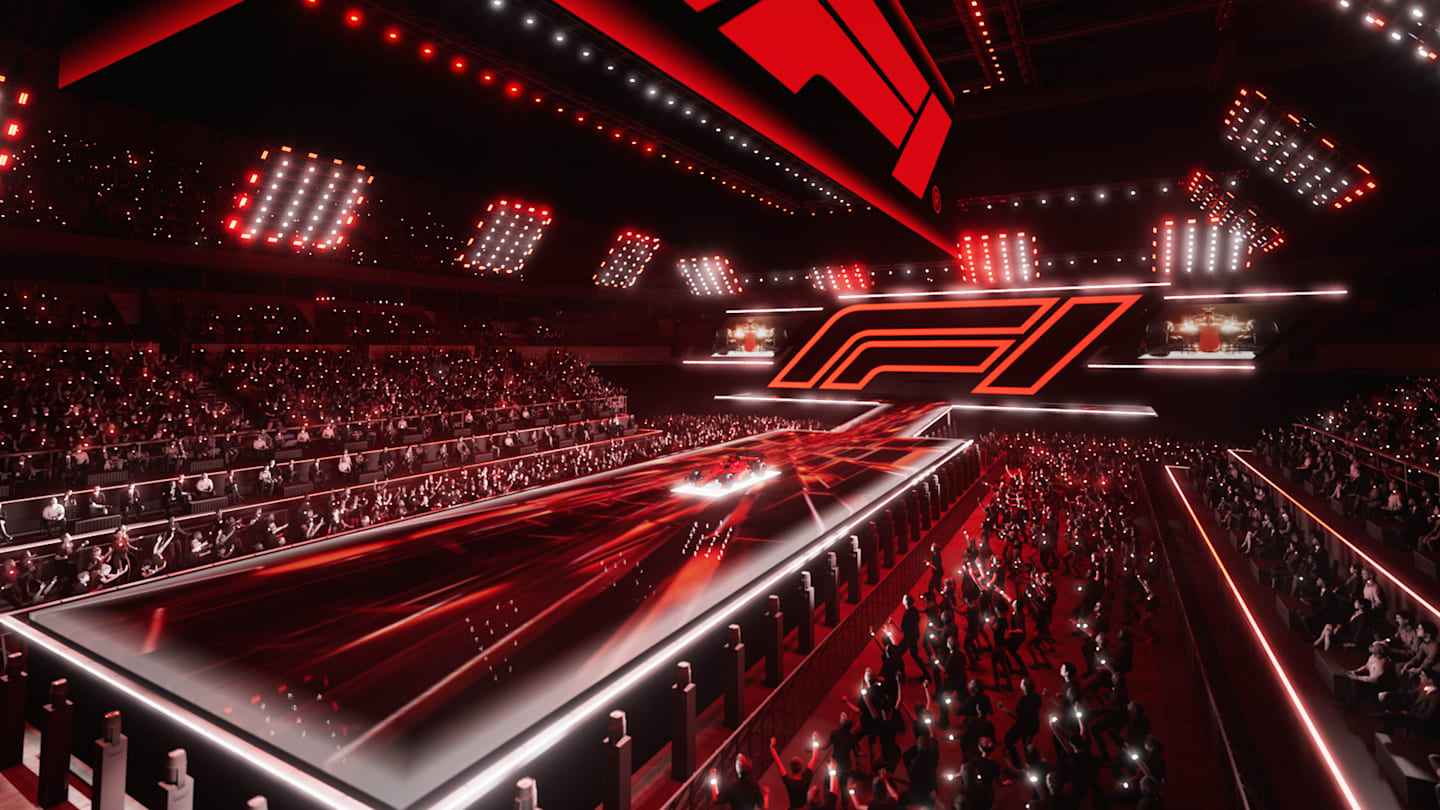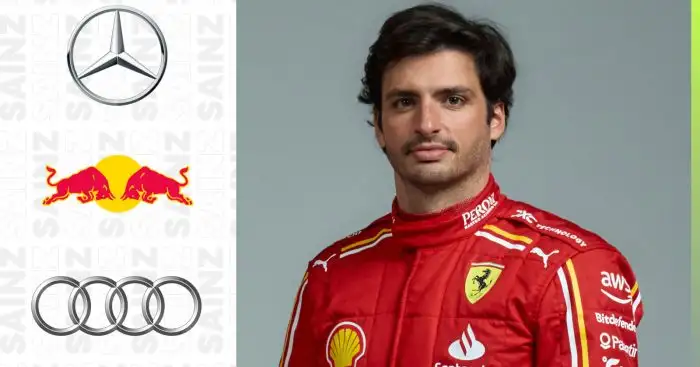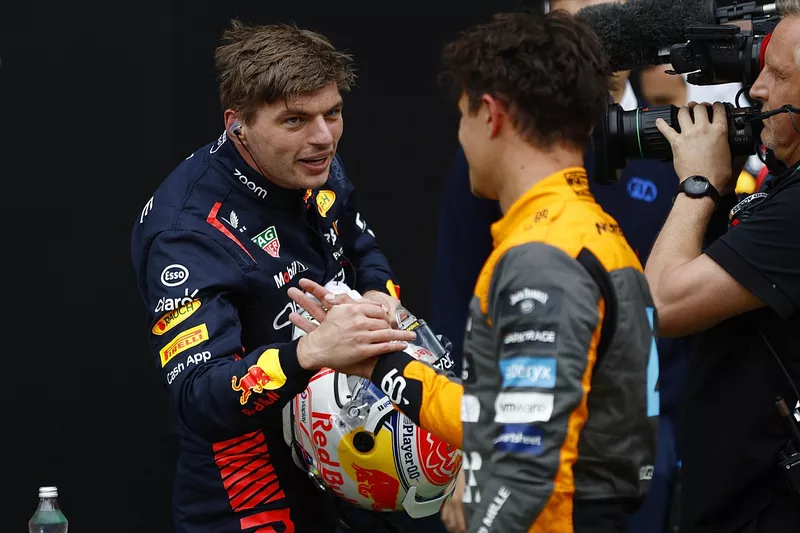FIA Reveals Key Technical Changes: F1 Cars To Start With Key In ’26
As the world of motorsport continues to evolve, Formula 1 stands at the forefront of innovation and change. The FIA (Fédération Internationale de l’Automobile) has announced a significant overhaul of the technical regulations for the 2026 season, aiming to enhance the sport’s competitiveness, sustainability, and safety. Among the most notable changes is the reintroduction of a traditional key start for F1 cars, a move that promises to simplify operations and improve driver recovery after stalls. This article delves into the various aspects of these new regulations, their implications for teams and drivers, and how they will shape the future of Formula 1.
Overview Of The 2026 F1 Technical Regulations
The 2026 season marks a pivotal moment in Formula 1 history as it ushers in a new era of technical regulations designed to promote closer racing, enhance safety, and embrace sustainable technologies. The FIA’s comprehensive set of changes reflects its commitment to making the sport more engaging for fans while addressing environmental concerns.
Key Objectives
The primary goals behind these new regulations include:
Enhanced Agility: The new regulations aim to produce more nimble cars that can navigate corners more effectively, improving overall handling.
Closer Racing: Active aerodynamics and a manual override mode will allow drivers to follow each other more closely, increasing overtaking opportunities.
Improved Safety: Enhanced safety features, including a two-stage nose design and increased side-intrusion protection, are designed to better protect drivers in crashes.
Sustainable Power: The introduction of power units that run on 100% sustainable fuels aligns with global efforts to reduce carbon emissions.
Major Changes
Car Size and Weight: The 2026 F1 cars will be smaller and lighter. The wheelbase is reduced from 3,600mm to 3,400mm, and the width from 2,000mm to 1,900mm. The minimum weight will decrease by 30kg, bringing it down to 768kg.
Active Aerodynamics: The current Drag Reduction System (DRS) will be replaced by active aerodynamics featuring movable front and rear wings. Drivers can switch between Z-Mode for cornering and X-Mode for straight-line speed.
Power Unit: While retaining a 1.6-liter V6 internal combustion engine configuration, the MGU-H system will be eliminated. The MGU-K will generate three times more power than before, and a manual override mode will provide drivers with an on-demand power boost.
Safety Enhancements: New regulations include a two-stage nose design that enhances crash protection and increased side-intrusion protection around the cockpit.
Traditional Key Start: Cars will now start with a key in the ignition instead of relying on complex electronic starting systems.
Aerodynamic Changes
Aerodynamics play a crucial role in Formula 1 performance, influencing speed, handling, and overall race strategy. The aerodynamic changes introduced for the 2026 season are designed to reduce downforce while improving overtaking opportunities.
Active Aerodynamics
Active aerodynamics will replace the traditional DRS system. This innovative approach features movable front and rear wings that can be adjusted based on track conditions or driver preferences.
Z-Mode: In corners, the wings will be configured to provide greater downforce, enhancing grip and cornering speed.
X-Mode: On straights, the wings will adjust to minimize drag, maximizing top speed for overtaking maneuvers.
Wing Design
The design of both front and rear wings is set to undergo significant changes:
Front Wing: The front wing will be narrower by 100mm and feature a two-element active flap design. Additionally, front wheel arches will be removed to allow cars to run closer together without losing aerodynamic efficiency.
Rear Wing: The rear wing design will incorporate three elements while removing the lower beam wing to simplify construction while maintaining performance.
Additional Features
To further enhance aerodynamic efficiency:
In-washing Wheel Wake Control Boards: These boards will sit on the front of the sidepods to help control wheel wake and improve airflow around the car.
Partially Flat Floor and Lower-Powered Diffuser: These changes aim to reduce ground effect reliance while addressing issues like bouncing and porpoising that have plagued teams in recent seasons.
Power Unit Regulations
The power unit regulations are one of the most significant aspects of the upcoming changes in Formula 1. These adjustments reflect a commitment to sustainability while maintaining high-performance standards.
Key Changes
Engine Configuration: The power units will continue using a 1.6-liter V6 internal combustion engine but with significant modifications.
MGU-H Elimination: The complex MGU-H (Motor Generator Unit-Heat) system will be removed entirely from the power unit architecture.
MGU-K Enhancement: The MGU-K (Motor Generator Unit-Kinetic) output will increase dramatically from its current capacity of approximately 160 bhp (120 kW) to around 470 bhp (350 kW).
Power Output Adjustments: The internal combustion engine’s output is expected to decrease from approximately 850 bhp (630 kW) to around 540 bhp (400 kW), emphasizing hybrid technology’s role in modern racing.
Sustainable Fuel Usage: All cars will run on 100% sustainable fuel sources by 2026, aligning with global efforts toward reducing carbon emissions in motorsport.
Manual Override Mode: A new manual override mode allows drivers an on-demand boost of battery power when needed during races.
Impact On Manufacturers
The new power unit regulations have already sparked interest from several manufacturers looking to enter or re-enter Formula 1:
New Manufacturers Joining F1: Companies like Audi have confirmed their entry into F1 with plans for their own power units under these new regulations.
Existing Teams Adapting Strategy: Established teams like Mercedes and Ferrari are expected to adapt their existing technologies while investing heavily in R&D for hybrid systems that can meet these new requirements effectively.
Safety Improvements
Safety has always been paramount in Formula 1; thus, the FIA has introduced several enhancements aimed at protecting drivers during accidents.
Key Improvements
Two-Stage Nose Design: This innovative design aims to mitigate risks associated with detachments during initial impacts by providing additional protection during subsequent impacts.
Increased Side-Intrusion Protection: Side-intrusion protection has been significantly enhanced around the cockpit area, better safeguarding drivers from side impacts during collisions.
Enhanced Roll Hoop Loads: Roll hoop loads have been increased from previous standards of 16G up to an impressive 20G—providing greater protection during rollover incidents.
Lateral Safety Lights: New lateral safety lights will be introduced on cars that indicate their Energy Recovery System (ERS) status when stopped across track areas—helping marshals assess potential hazards quickly.
The Return Of The Key Start
One of the more surprising yet practical changes in the upcoming regulations is the reintroduction of a traditional key start for F1 cars—a feature that has been absent for decades but promises significant benefits for both drivers and teams alike.
Rationale Behind The Change
Driver Recovery Simplification: With a key start mechanism reinstated, drivers can quickly restart their cars without needing assistance or complex electronic systems—reducing downtime during races.
Cost Savings For Teams: By eliminating expensive starting devices currently used in F1 cars—teams stand to save substantial resources that can be allocated elsewhere within their operations.
Safety Considerations For Trackside Stewards: Trackside marshals no longer need to enter live circuits when recovering stalled cars—enhancing their safety during races significantly.
Toto Wolff’s Influence
Mercedes team principal Toto Wolff has long advocated for this change; it is rumored he has been lobbying for its inclusion within technical regulations for years due to its potential advantages both on track as well as off it regarding operational efficiency.
Impact On Racing Dynamics
The introduction of these technical regulations is poised to reshape how races unfold on track—affecting everything from car performance characteristics through strategic decision-making processes employed by teams throughout race weekends.
Closer Racing Dynamics
The combination of active aerodynamics alongside reduced downforce levels should enable cars following closely behind one another—aiding overtaking attempts while reducing dirty air effects typically experienced by trailing vehicles during races.
Increased Overtaking Opportunities
With an emphasis placed upon driver skill through manual override modes—drivers may find themselves better equipped than ever before when attempting overtakes—particularly during critical moments such as late-race battles where every second counts!
Rewarding Driver Skill
FIA Single Seater Technical Director Nikolas Tombazis stated that these new designs would result in “lighter,” “more powerful,” “and focused” vehicles—rewarding those who can maximize performance through skillful driving rather than simply relying upon aerodynamic advantages alone!
Team Strategies And Adaptation
As teams prepare for these sweeping changes ahead of time—it becomes essential they develop comprehensive strategies aimed at maximizing performance under this new regulatory framework!
Car Design Innovations
Teams must prioritize designing vehicles capable of fully leveraging active aerodynamics systems effectively—requiring extensive simulation work alongside real-world testing sessions aimed at optimizing wing configurations under varying conditions!
Race Strategy Evolution
Race strategies must also adapt accordingly; energy management becomes paramount as teams navigate between maximizing battery power reserves while ensuring sufficient energy remains available when needed most—particularly during critical overtaking maneuvers!
Driver Development Focus
Drivers themselves must develop new skills necessary for mastering active aerodynamic controls alongside manual overrides—learning how best utilize these features effectively throughout different sections within circuits!
The Future Of Formula 1
Looking ahead towards what lies beyond just one season—the implications stemming from these technical regulations extend far beyond mere performance enhancements—they represent an ambitious vision aimed at shaping tomorrow’s motorsport landscape!
Sustainability Initiatives
By committing fully towards utilizing sustainable fuels along with hybrid technologies—the sport aims not only reduce its carbon footprint but also showcase its relevance amidst growing environmental concerns prevalent across industries worldwide!
Innovation As A Cornerstone
These upcoming changes encourage ongoing innovation across car designs alongside power unit technologies—ensuring Formula One remains at forefront within automotive advancements while continuing attract interest among fans eager witness cutting-edge developments unfold live before them!
Entertainment Value Enhancement
Ultimately; all aforementioned adjustments seek enhance entertainment value surrounding each race weekend experience—promoting closer competition alongside increased overtaking opportunities which should create even more thrilling spectacles enjoyed by audiences globally!
Conclusion
The FIA’s unveiling of new technical regulations set forth for Formula One’s upcoming season represents an exciting chapter filled with promise! By introducing smaller yet more agile vehicles alongside active aerodynamics systems combined with sustainable power units—the stage is set not only redefine competitive dynamics but also prioritize driver safety while addressing environmental concerns head-on! As teams gear up prepare themselves navigate uncharted waters ahead; fans can expect nothing short thrilling action-packed races filled with drama excitement like never before witnessed within this prestigious motorsport arena!
